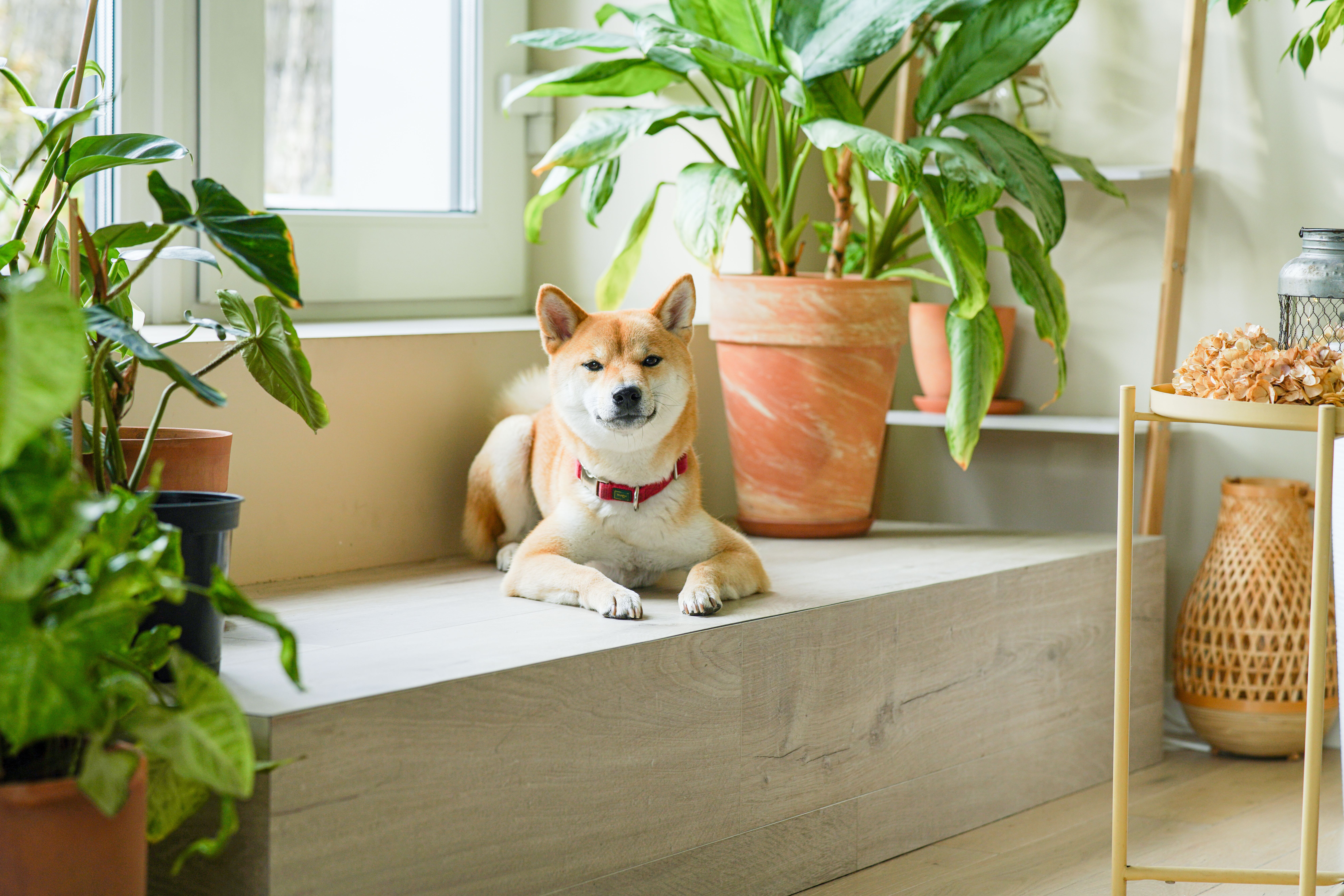27 Pet-Friendly Plants That Will Liven Up Your Space
Care instructions: Rattlesnake plants grow best in a loose, fast-draining soil that you can fertilize monthly (though hold off in the fall and winter). These guys thrive when placed away from direct light, in an ideal temperature range of 70–80 degrees. They’ll need watering when the top of the soil feels dry to the touch; they also enjoy a spritz if their leaves are looking dry.Rattlesnake Plant 6"Small Calathea 'Rattlesnake'Back to top5. Spider Plant (Chlorophytum comosum)Pros:Air purifying characteristicsVery hard to killCons:Grow like weedsA favorite among veterinarians, this plant is easy to grow indoors and incredibly resilient (yes, even to your black thumb!). Spider plants are also great air purifiers, so they can help get rid of your home’s toxins.Care instructions:Spider plants don’t like direct sunlight (it scorches their leaves). Though they’ll tolerate lower light conditions, indirect bright light in temperatures of 60–80 degrees is where they flourish best.Medium Variegated Spider Plant6" Live Spider House PlantBack to top6. Baby Rubber Plant (Peperomia obtusifolia)Pros:Several different varieties to pick fromGood for beginnersCons:Requires lots of light if you want it to grow quicklyDon't get the baby rubber plant confused with a rubber tree (ficus elastica). The peperomia obtusifolia has thick, waxy leaves with big personality. You can find bright green versions or variegated ones that have splashes of light and dark green.Care instructions:Though the baby rubber plant prefers medium to high light situations, it will tolerate low light (it will just grow a bit more slowly). Water it weekly, or whenever you notice the soil is very dry.Peperomia ObtusifoliaBaby Rubber Plant (Peperomia obtusifolia)7. Parlor Palm (Chamaedorea elegans)Pros:Big, fluffy foliageStatement plant for larger roomsCons:Prone to pests like spider mites“The parlor palm is loved not only for its charm, but also for its resilience” Lalicata says. While some palms can be tricky to care for indoors, the parlor palm is low-maintenance, thriving in low light while still maintaining a lush appearance.” Stick one on a credenza or nightstand that’s not too close to a window, as this palm needs only a few hours of indirect light a day.Care instructions:Parlor palms are naturally slow growers that take several years to reach three to four feet tall. As we said, keep this guy out of direct sunlight and keep his soil evenly moist for the best results.Parlor PalmLive Cat Palm TreeBack to top8. Calathea orbifoliaPros:Can thrive in lower-light conditionsBeautiful leaves that look hand-paintedCons:Ideal for plant pros, as it’s finicky about water and lightThe leaf pattern on this particular Calathea is exquisite, if you ask us. This houseplant needs partial shade, which makes it perfect for a plant stand or a shelf in a bedroom that doesn’t get much natural light.Care instructions:We mentioned that Calatheas don’t love the sun (it burns their leaves), but a regular watering schedule will also make sure your plant stays healthy and hydrated, as will keeping it in a room with temperatures of 60–80 degrees (nothing below 55 degrees). It also enjoys ample humidity, so consider regular misting or keeping it near a humidifier.Orbit Peacock PlantBack to top9. Ponytail Palm (Beaucarnea recurvata)Pros:


